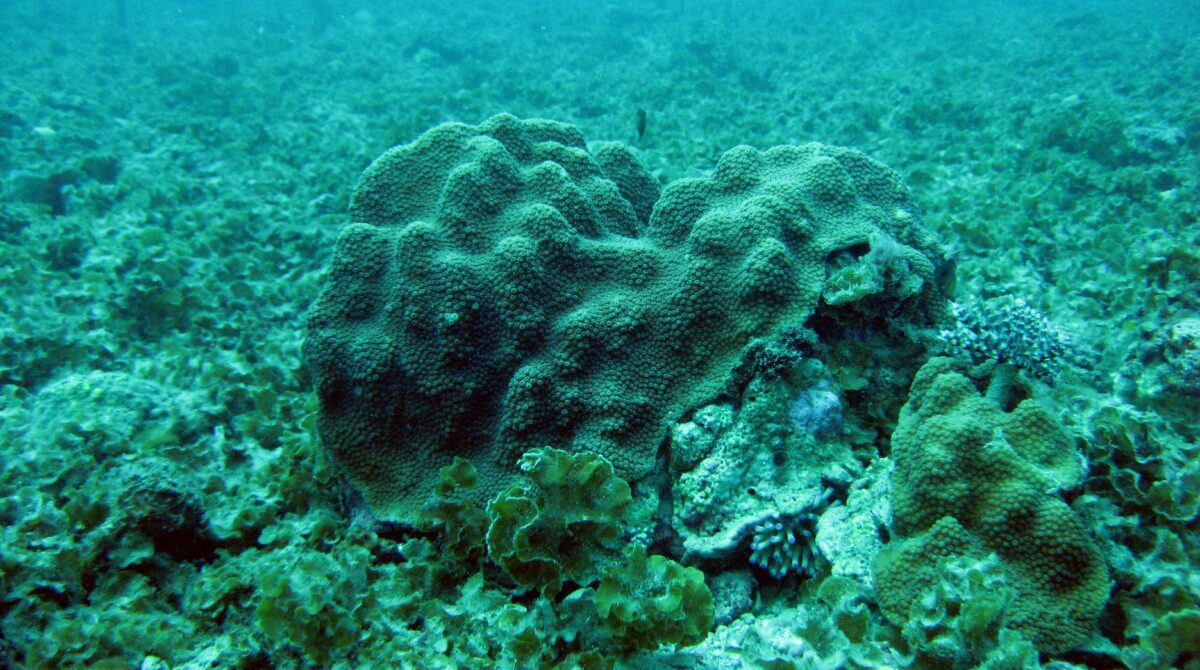How did the “Piramidi nel blu” project originate, and what are its main objectives?
The project originated from the desire to preserve and enhance the state of marine resources, which are not only a treasure trove of biodiversity but also a source of income for the local fishing industry. The Martin Pescatore Association has always been attentive to the sustainability of fishing practices and has actively participated in past projects focused on repopulation and conservation, building a productive relationship with universities and marine research institutions.
Together with Blu Marine Service, a company with significant experience in marine research, we conceived the “Piramidi nel blu” project, which utilizes extremely simple but effective techniques to promote the repopulation and conservation of coastal marine resources. The financial resources dedicated to environmental protection, made available through various 8×1000 grants from the Italian Buddhist Institute Soka Gakkai, represent highly valuable opportunities for implementing concrete and effective projects for environmental protection.
What are the “pyramids,” and how do they work?
The pyramids are underwater structures built from natural materials, covered with jute fabric, and supported by stainless steel frames designed to withstand galvanic currents and storms. We also used rice husk pots, an extremely durable and completely natural material derived from rice processing, to construct these “dens.” Today, these dens are home to octopuses, cuttlefish, crabs, fish, and many other marine species.
Within just thirty days of being submerged, the structures were already colonized by numerous species. They quickly became small oases of biodiversity where a significant portion of the coastal marine resources of the Adriatic found refuge. The animals use our structures for various reasons: to reproduce, protect themselves, grow, and mate. For example, octopuses have made their homes in nearly all the pyramids. Octopuses are vital to the ecosystem because, although the blue crab is not yet a significant problem here, in areas like the Venice Lagoon and the Romagna coast, this invasive species has become a critical issue for the ecosystem. One of the few natural predators of this species is the octopus, which can confront even large crabs. Additionally, in a seabed like the Adriatic, characterized by vast sandy areas where rocky outcrops have been almost entirely destroyed due to intensive fishing, these small structures effectively aggregate all the resources needed for reproduction, providing a suitable environment for laying eggs.
What are the main causes of biodiversity degradation in the central Adriatic?
Intensive fishing is the primary cause of the depletion of resources in the Adriatic and the Mediterranean basin. Among Italian seas, the Adriatic is the most heavily fished and exploited, with numerous fishing fleets operating there. In the central Adriatic, areas where fishing is prohibited are exceedingly rare.
We have small-scale fishing with minimal impact on the seabed, operating within three miles of the coast. However, within the same area, we also have hydraulic dredgers for clams, which have a devastating impact on the environment, damaging the seabed by using high-pressure water that affects many animals living there. Further offshore, we encounter trawling, the most destructive fishing technique for seabeds and the least selective in terms of the tools used.
Thankfully, the Adriatic is still a productive sea, but compared to the past, we now see 50-60% fewer catches. In recent years, the sea’s capacity to regenerate has also been aided by European fishing policies, which include the decommissioning of old fishing vessels. There are no new licenses, which means that fishing communities are gradually becoming smaller.
Another cause of biodiversity degradation is plastic pollution. Just this morning, we collected at least ten kilograms of plastic, including bags, life preservers, inflatables, and various other items.
What is meant by a sustainable approach to fishing, and how can it be achieved?
Martin Pescatori is an association representing small-scale coastal fishing that has minimal impact on marine species because it uses fishing techniques like traps and gillnets, which are very different from those used by industrial trawlers. In small-scale fishing, the trap is set in the water, and the fisherman has the ability to decide whether to keep a fish or release it alive, something that other techniques do not allow. For example, trawl nets are not selective and capture everything in their path, killing a large portion of the catch, even if it is not commercially usable.
How is the educational program of the project structured?
The educational program offers an experiential journey for elementary school students. We allowed them to interact with many of the creatures currently inhabiting the pyramids we have in the sea, such as octopuses, cuttlefish, squid, crabs, and gastropods. During the sessions, marine resources are retrieved from the sea and carefully preserved in large containers, ensuring optimal oxygen and water temperature levels through the use of aerators and other technologies. Some species are even allowed to be handled by the children, helping them to appreciate the wonders of marine life. After giving the children a close-up view of these animals, they are released back into the sea. The goal is to convey the importance of respecting marine life and to raise awareness among young people about the significance of preserving and protecting the sea.
The project primarily involves elementary students because we aim to instill in the new generation values such as respect for natural resources, environmental protection, and biodiversity conservation. We have focused on the new generation to both show them the biodiversity present in our sea and to spread messages that encourage respect for nature and the creatures that inhabit it. We often refer to this planet as “Earth,” but 70% of it is covered by the waters of seas and oceans! We live on a planet that is more blue than green, and when we meet with the children, we try to make them understand that life on Earth originated in the sea. By doing something to preserve marine resources, we are essentially protecting the cradle of life.
